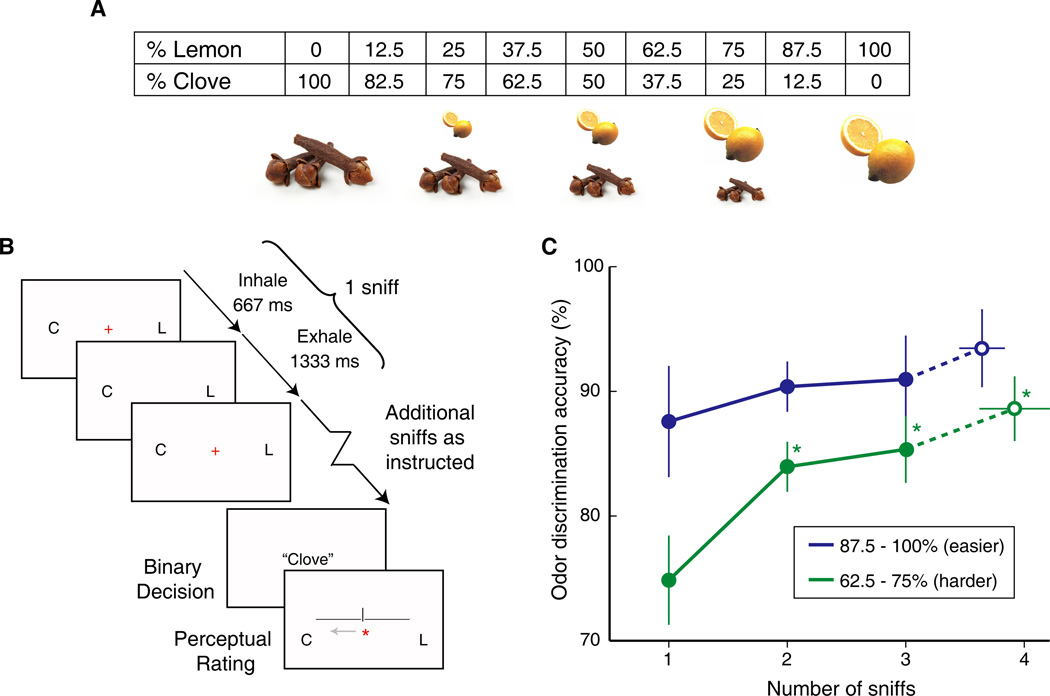Figure 1. Task design and behavioral results from Experiment 1.
(A) The odorants eugenol (clove) and citral (lemon) were used to create nine different binary odorant mixtures, ranging between 100% eugenol and 100% citral in 12.5% steps. (B) Trial design depicting the two-alternative odor categorization task, with sniffs paced at 2-s intervals. Subjects inhaled when they saw a red cross-hair on the screen (667 ms) and exhaled when it was not present (1333 ms). In separate blocks, subjects were instructed to make a fixed number of sniffs (1, 2, or 3), or an open number of sniffs. Visual cues ‘C’ and ‘L’ (clove, lemon) were used to remind subjects which response button corresponded to which choice. (C) Psychophysical data from Experiment 1. Binary choice accuracy conditional on number of sniffs is plotted for fixed sniff blocks (filled circles) and open sniff blocks (hollow circles). Performance accuracy (mean ± SEM) improved as subjects took more sniffs, particularly for more difficult odor mixtures (*, p < 0.05, compared to 1-sniff trials).

